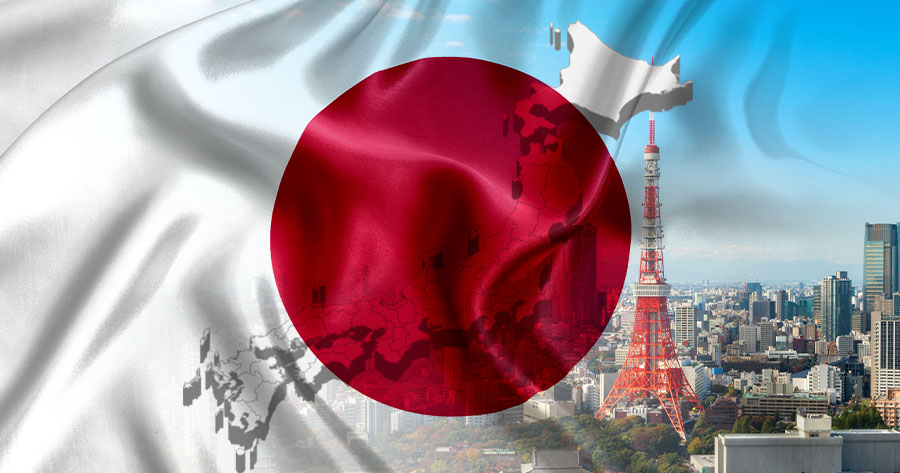Japan’s Monetary Authority, the Bank of Japan (BOJ) has decided to hold its rate at -0.1% and 0% on a 10-year bond. Once named economic miracle of Asia that set an eye to become the third largest world’s economy, now, Japan has been wrestling with deflation and depopulation for decades. Currently, Japan has high living costs, a stressed-out economy and one of the highest government domestic debts in the world.
The nation has been fixing its policy rate at -0.1% since 2016. By the book, the central bank has to lower its policy rate to incentivize business from lower cost of borrowing. The policy rate would risk increasing inflation, as the money is easier to flow along with more consumption demand, which is opposite to deflation as the BOJ wants.
However, the market expected that BOJ will not lower the rate further because it’ll be a perverse incentive if the money saver is losing the money as the bank gets higher parking costs, while the borrower can just borrow and do nothing to earn interest instead of paying.
The negative rate has been crowding out both Japan’s capital and monetary markets, as the low cost of borrowing should have encouraged domestic businesses to invest more. But the Japanese business with the de-shoring model was thriving outside the country instead.
As for foreign investors, they’ll look for a lower cost place to base their business to maximize the profit. Most of the world’s factories with Japanese brands are based in developing countries that have lower living costs than Japan.
Even if the business can profit from the high living cost in Japan, they’ll still lose the money in real term if they keep assets in the devaluing JPY, since JPY has been continuously weakening and recently to almost JPY 150 per USD from 110 average.
The weakened currency disincentivizes businesses away from settling their trade in JPY and perhaps seek to invest elsewhere for higher real profit instead, thus the de-shoring. This makes the already high-cost sector like technology more attractive for investing since the developed countries are likely to have higher R&D level and specialized personnel.
Meanwhile, the negative interest rate also disincentivizes bond holders or money savers who want to maximize their rate of return. This causes an outflow over the years, weakening the JPY and the national currency in the process. The 0% 10-year bond sends a clear message on this point.
The weak currency is beneficial to the domestic exporters as they can sell more when the goods are relatively cheap in other currencies. In contrast, the weak currency is detrimental to the importers as Japan needs imports from all over the world, especially energy commodities like natural gas for electricity. The weaker currency will increase Japan’s higher cost of living and exacerbate all the problems above.
The recent Japan’s food price remains elevated at 8.6% YoY in August, almost the steepest level since inflation crisis in 1976. Japan food prices have been inflating for 2-year straight, leading by dairy products & eggs for over 20% MoM and over 10% for fish & seafood.
The core inflation, which excludes food and energy, at 3.1% is still far from the 2% target for 17 consecutive months now, while the headline inflation is at its lowest rate in 3 months due to the effect of low energy cost in the past 7 months (over MoM -20% electricity, 9% gas).
Despite the lower cost items from above, Japan factory activity shrinks the most in 7 months, according to Manufacturing PMI at 48.6 from 49.7 in previous month. Japan exports have been sharply declining since the main importer, China’s economy has been slowing down. On the other hand, Japan service PMI is showing the sector growth at 8-months low as it declined to 53.3 from 54.3 in previous month but still it’s on the 13th consecutive month growth.




